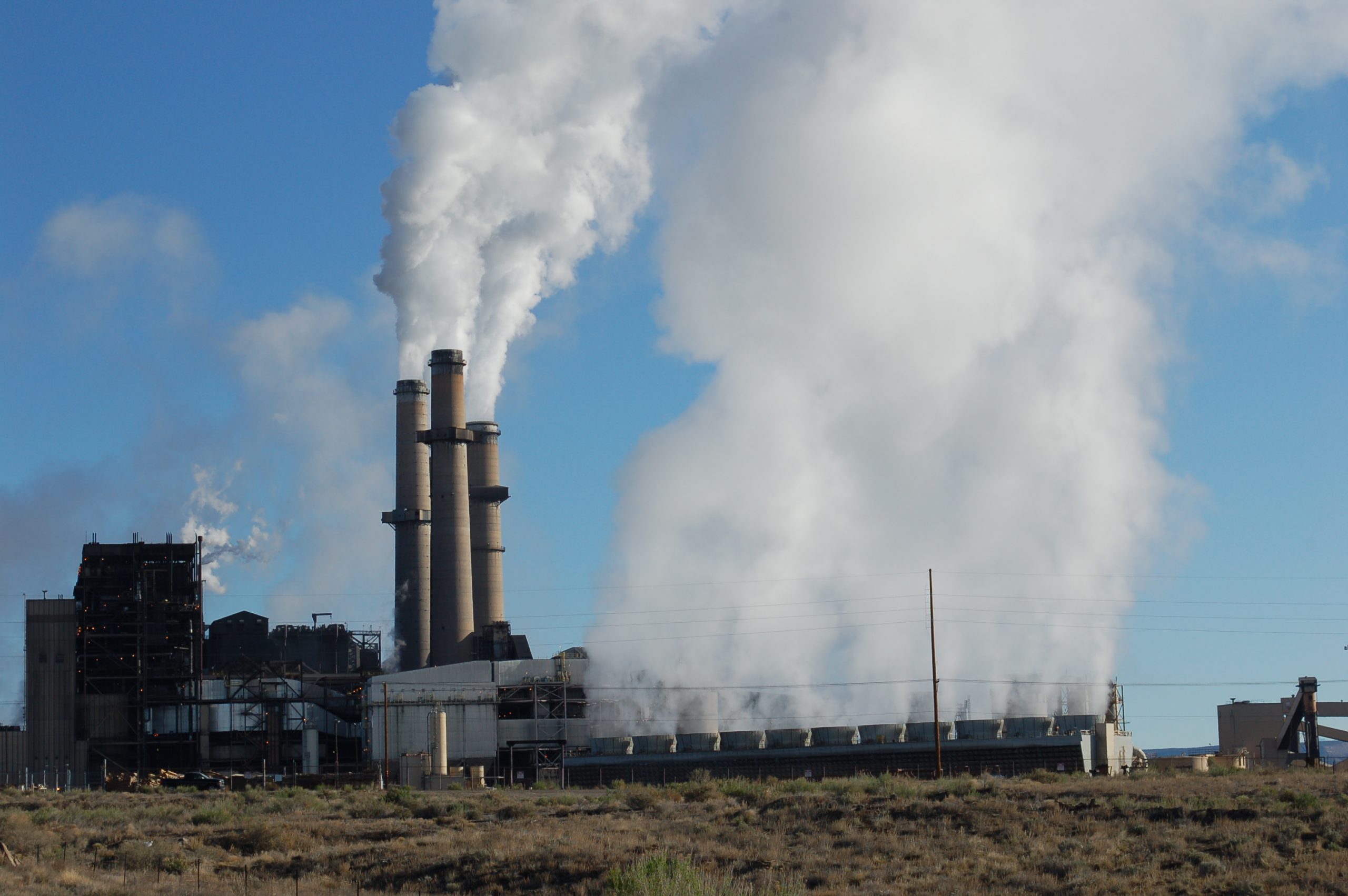
The continued security and economic health of the United States depends on a sustainable supply of energy and water. The availability of adequate water supplies has a profound impact on the availability of energy, while energy production and power generation activities affect water availability and quality.
Thermoelectric power plants in the United States have had to curb production due to low flows or water temperatures that exceeded permissible limits. Due to advancements in directional drilling and well completion technologies, the use of hydraulic fracturing for oil and gas extraction has exponentially grown. The use of hydraulic fracturing has created a concern regarding the balance of increased water demand for oil and gas extraction and the needs of water users and other stakeholders in a given region.
Sandia actively addresses energy-water challenges using data, modeling, analysis, and field investigation capabilities. Learn more about our work at the intersection of energy and water availability and security.
Projects

In light of increasing demand for oil and gas extraction, Sandia developed a decision support tool to aid the Bureau of Land Management (BLM) in sustainably managing water resources in Southeast New Mexico.
Access and download the Water Availability and Cost papers:
Advancements in directional drilling and well completion technologies have resulted in an exponential growth in the use of hydraulic fracturing for oil and gas extraction. This has created concern regarding the region’s ability to meet the increased water demand in a manner that fulfills BLM’s role of protecting human health and the environment while sustainably meeting the needs of the variety of water users and other stakeholders in the region.
The scientific challenge lies in merging disparate data in a manner that exposes the temporal and spatial dynamics of the water supply sources. To meet this challenge, this project uses a multi-disciplinary approach that synthesizes data collection, field verification, and system dynamics modeling to identify risks to water sustainability and develop alternatives to mitigate those risks.
The data are summarized into a conceptual model that describes the inflows, outflows, and storage mechanisms of the region’s water resources. Conceptual models provide users with a visual map of the dynamic relationships between the various water sources, the primary uses of the water from each source, and how each source may be exploited to support hydraulic fracturing. The model also performs cost/benefit analyses for each management and future demand scenario.

This project uses a multi-disciplinary approach to identify, assess, and evaluate the possible impacts of future oil and gas development on water supply in the San Juan Basin. The main objective is to identify risk to water quantity and quality by establishing a baseline to better detect changing water conditions over time. The project combines activities in data collection, verification, and testing, with geographic information system (GIS) analysis and numerical modeling. A secondary objective is to identify and catalog the location, water production capacity, source formation, and depth to groundwater of a representative subset of the numerous water wells.
Sandia’s Water Atlas project maps water availability for five alternative sources of water:
- Fresh surface water
- Fresh groundwater
- Appropriated water
- Brackish groundwater
- Wastewater
The project identifies water supply availability and water costs for the continental United States, Hawaii, and Alaska. This information is currently used to integrate water supply constraints into the long-term transmission planning of the Eastern, Western, and Texas interconnections.

Contact
Stephanie Kuzio
(505) 844-1171
Vince Tidwell
(505) 844-6025